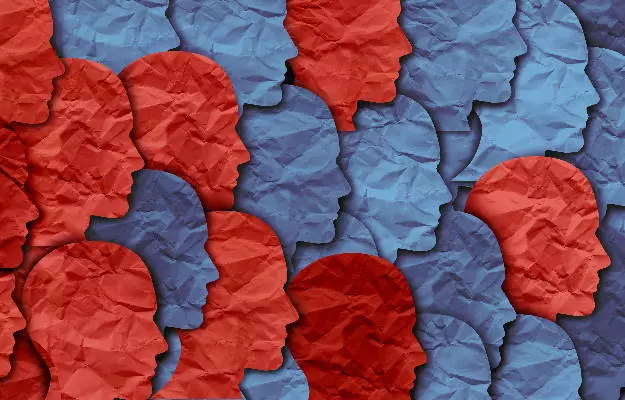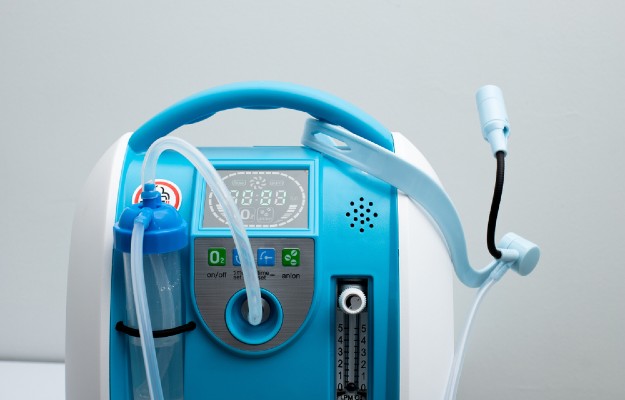The second serosurveillance conducted in Delhi has found about a third of its population has been exposed to the COVID-19 infection, according to the state's health minister Satyender Jain.
The practice of serosurveillance began in the national capital last month and is going to be a monthly affair, conducted in several parts of the country. The survey conducted in Delhi is being carried out by Delhi Government and the National Centre for Disease Control (NCDC).
About 29.1% of the population of the city has been exposed to the infectious SARS-CoV-2 virus, which is an increase in overall numbers from the previous month's sero survey. In July, the first serosurveillance conducted in the capital found about 23% people to have had antibodies for the new coronavirus infection.
The increase in the number of people who have been exposed to the virus means more people have developed antibodies against the infection, which amounts to roughly about 58 lakh people in the city with a population of about 2 crore.
The second sero survey in the city was carried out between 1 and 7 August 2020, and included samples from 15,000 individuals from different parts of the city. The overall positivity rate in the city has also dropped significantly, from 30% to about 7%.
According to the state's health minister, herd immunity in the population could be achieved "when up to 40% of the population has antibodies specific to the virus".















